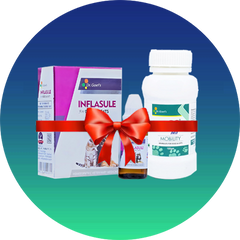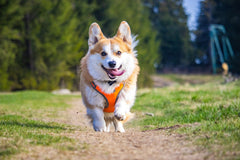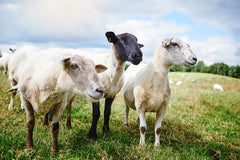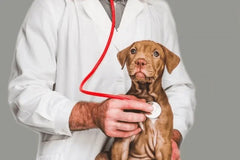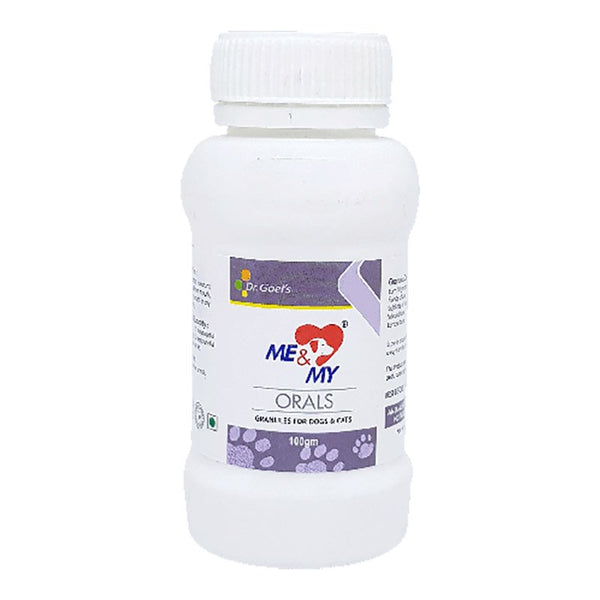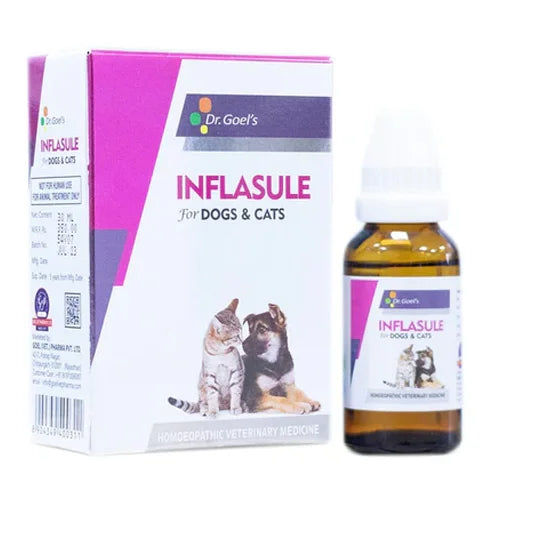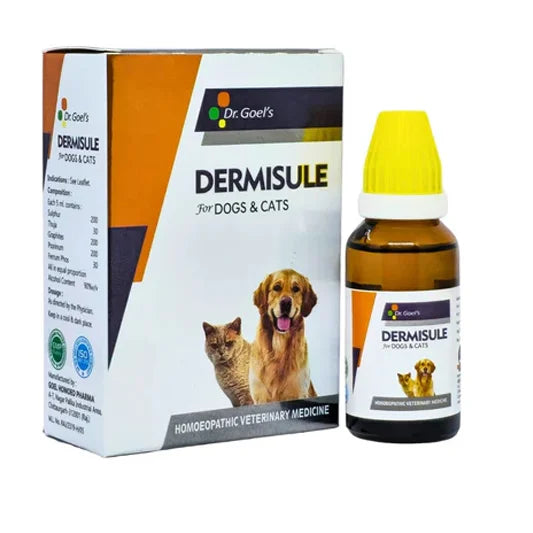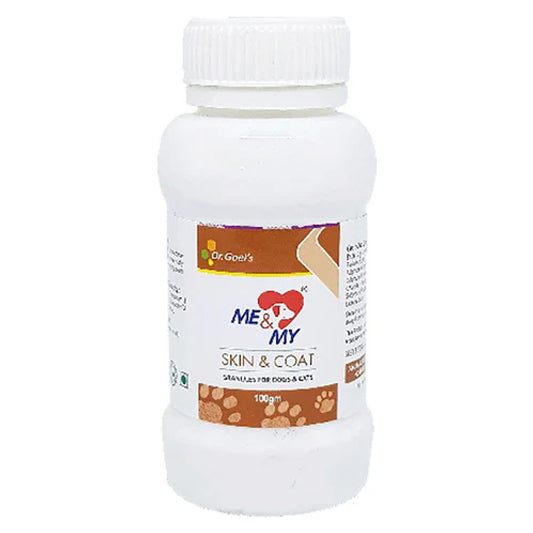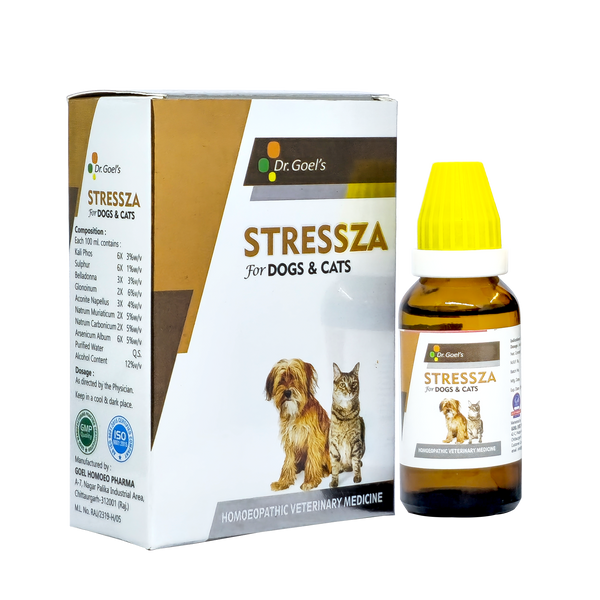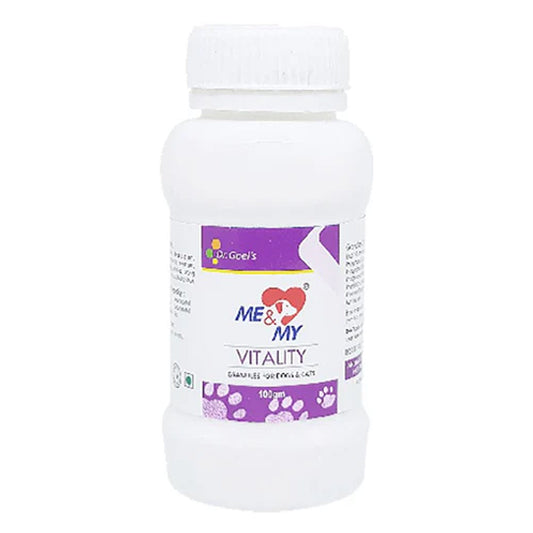
Me & My Orals- Say Bye To Foul Breath & Tooth Decay In Pets
The Oral Cavity, Teeth, and Gums, an intricate part of the digestive system, is, however, also one of the lesser-acknowledged parts of the organ system. Teeth and gums are very essential for survival. However, we tend to ignore or not give enough attention to this system. The reason stays unknown. Did you know just like we humans have various teeth problems, gum inflammation, and decay-related problems, our pets too tend to suffer from various teeth ailments? It is interesting to note that teeth-related problems are comparatively common in pets and are typically manifested as halitosis or bad breath initially. The intricacies of this little system are amazing and astounding. In today’s blog, let us uncover the world of a buccal cavity or the oral cavity, the problems pertaining to teeth-gums, and some interesting facts about this part of the digestive system.
The Teamwork Of Teeth:
Teeth [Singular- Tooth] are medically defined as the hard, resistant structures which occur on the jaws and in or around the mouth and pharynx areas of vertebrates. [Vertebrate word refers to all the living beings who have a Vertebral Column or spinal cord surrounded by bone or cartilage.] Teeth are essential for survival as it acts as a grinder which allows the food boluses to be broken down into smaller morsels or pieces which ultimately can be easily gulped and digested. Teeth and tongue in harmony act as a good mixer + grinder as it mixes the food particles with saliva [which is again very important for digestive purposes] and grinds the particles into finer particles. With the surface area of food particles being increased due to their’ breakage into pieces, the digestive enzymes can easily act on them to digest them. Larger particles are comparatively difficult to digest and assimilate, also it requires more time to digest as compared to its counterpart.
The teeth as a whole unit work in harmony. There are 4 types of teeth that are found in pets- i] The Incisors, ii] the canines, iii] the premolars, and iv] the molars.
Incisors, as the name suggests, are used for incising food. [Incising means to cut.] Dogs usually have 3 incisors on each side of the cavity and, in total, 12 Incisor teeth in the entire buccal cavity. Cats, too, have a similar amount of teeth as dogs.
The next bunch of teeth are the canines. The name itself hints towards the family ‘Canidae’ Canidae is the biological family name of canids or dog-like carnivores. This bunch of teeth is extremely important for carnivore-family belonging to cats and dogs as they are essentially hunters or carnivorous [meat-eaters] in nature. These teeth have a tearing ability, as they facilitate the carnivores to tear through meat or their prey’s flesh. With years of modern evolution, our dogs and cats have evolved to have canine teeth which are not extreme in nature. Due to domestication, the need for hunting or preying has decreased, and thus, the canine teeth which a lion, a tiger, or a wolf has are much more lethal and are quite different than our pet dogs and cats. Our pets have canines that are not that sharp, all thanks to the history of domestication and evolution. There are 4 canine teeth in dogs and cats.
The Pre-Molars and the Molars are again other bunches of teeth that are helpful in grinding the food boluses into smaller parts. There are around 8 premolars in both the upper and lower jaw. Also, there are around 6 molars in each upper and lower jaw.
All these teeth, although having a different styles of arrangement and growth, are essential for optimal chewing, cutting, grinding, and tearing food particles. Thus this is a good example of teamwork exhibited by our teeth.
The Tooth Trouble:
Now that we have our basics clear about various roles and types of teeth let us now look at various health problems our pets’ teeth, gums, and oral cavities might face.
1. Dental Tartar
Dental tartar is something that accumulates on your pets’ teeth when the dental plaque is not removed for a considerably long time, thus hardening to form tartar. Dental plaque is a combination of food debris and bacteria. When teeth are not cleaned regularly or frequently, the food particles end up sticking and accumulating on the canines, molars, and premolars and remain stuck there for a long period of time. These stuck pieces of accumulated food particles end up attracting bacteria which makes the situation worse. Thus, dental plaque continues to accumulate and mineralize to transform into calculus or tartar, which is rough and porous and grows above or below the gum-line.
FEATURES:
- Halitosis or an offensive smell from the mouth
- Yellow- Brown deposit seen on teeth
- It might end up causing gum related infections
- It may cause gingivitis
- It might loosen the tooth and
- Eventually, the affected tooth may be lost permanently.
WHAT CAN YOU DO?
- Remove the plaque as early as possible.
- Use a dental dog toothpaste and brush to clean the teeth
- Rub the cheek pouch and gums with your fingers or with the soft corner of the brush to ensure overall cleaning
- Dental treats can be used
THIS WILL HELP YOU TO –
- Kill bacteria
- Reduce plaque
- Prevent the formation of tartar in the mouth
- Reduce halitosis
2. Periodontal Diseases: Gingivitis And Periodontitis
If the dental issue of plaque goes unnoticed or if the condition starts aggravating, there is a good chance that it might lead to various periodontal diseases. The progression of the disease occurs as follows:
i] There is plaque formation
ii] There are sloughed epithelial cells
iii] Various gram +ve bacteria such as the cocci could be found.
Iv] loosening of tooth and loss of tooth
Periodontal disease is a slow, insidious disease that affects the following parts of the teeth-
- The bone socket
- The alveolus
- The attached gingiva [gums]
- The free gingival margin and
- The periodontal ligament
This disease has 4 stages of progression-
Stage 1: Gingivitis [inflammation of gums] due to plaque formation and lack of home care.
Stage 2: Early Attachment loss, i.e., The tooth may become loose due to the infectious bacteria and subsequent gingivitis.
Stage 3: Moderate Attachment Loss i.e., There is about 25% -30% loosening of the tooth. This is due to the concurrent gingival recession.
Stage 4: Severe Attachment Loss where there is about >50% of loosening of the affected tooth.
SIGNS AND FEATURES:
- Your dog may avoid eating hard foodstuffs such as dry dog food.
- There is extreme pain and a burning sensation in the tooth
- Formation of abscess in gum or jaw
- There may be weight loss [due to reluctance/avoiding eating food]
- Your pet may avoid getting their face touched as it pains/hurts around the affected tooth area.
THE TREATMENT PROTOCOL INCLUDES –
- Tooth extraction, particularly if the attachment loss is advanced.
- Dental scaling or other related dental procedures if the disease is still in its initial phase.
- Shifting your pet to a liquid or semi-solid food diet for some time until the problems resolve.
- Use of medications in case of an extreme case of inflammation and infection.
The Solution & Care To Keep Teeth Problems At Bay
As mentioned earlier, teeth are extremely important, and majorly ignored at times. Teeth are important tools of the digestive system which aid in the process of digestion which we often don’t acknowledge. With problems such as tooth decay, gum-related infection, periodontal diseases, and plaque-tartar issue, this process of digestion is adversely hampered. It affects our pets both at the physical and mental levels. It might end up being problematic and painful. To alleviate the pain and suffering, your pet might be subjected to various dental procedures or worse, get their tooth extracted. Prevention is the ultimate key to this problem.
- Ensure you clean your pets’ teeth with pet-toothpaste and toothbrush at least once in two days or daily for better results or as directed by your veterinarian
- Adopt good hygiene practices
- Use of dental treats or chew sticks.
- Use of Me & My ORALS pet supplement
Me & My ORALS pet supplement is a unique pet supplement for dogs to get rid of offensive breath or halitosis. Me & My ORALS pet supplement is useful in case of pets suffering from soft bleeding gums due to gingival diseases or gingivitis, pus draining gums due to abscess formation as a result of bacteria that get attracted towards stuck food debris and plaque, foul breath, gum boils due to heat, toothache and painful sensation, gums sensitive to cold due to increased sensitivity of the teeth, abscess at the root of teeth, and other related dental symptoms.
Teeth are an important, integral, and extremely helpful part of our body. To take care of our pets’ teeth is our duty as vigilant pet parents. Our pets cannot judge between right and wrongdoings, so they might end up resisting toothbrushing sessions or any dental care sessions. It is your duty as pet parents to train your furry friend in such a way that they accept and recognize these essential steps taken by you for their dental health.
Homeopathic Solution For Dogs and Cats
Me & My ORALS pet supplement is a unique pet supplement for dogs to get rid of offensive breath. Me & My ORALS pet supplement is useful in the case of pets suffering from soft bleeding gums, pus draining gums, foul breath, gum boils, toothache, gums sensitive to cold, abscess at the root of teeth, and other related symptoms.
SEPTAFINE for pets is the best remedy for treating conditions of sepsis anywhere in the body with exceptional improvement in metritis and pyometra conditions. It cures septic or septic-like symptoms in any part of the body.
This unique formulation was brought up by the leading Homeopathic Veterinary Medicine producing company Goel Vet Pharma Pvt Ltd. The company is certified under WHO GMP practices which highlight its hygienic manufacturing facilities. All the available formulations had undergone many clinical and field trials, thus gaining trust among many veterinarians and pet parents.
INFLASULE FOR EYE INFECTION IN PETSINFLASULE for pets is an excellent remedy in treating inflammation of joints, lameness, shifting pain due to swelling of joints (LYME DISEASE) associated with fever and anorexia, inflamed eyes of any reason or pain in the joints as in the case of arthritis.
DERMISULE For All Kinds of Skin Issues in Pets:
DERMISULE for pets is the best remedy for dogs suffering from different skin conditions like eczema, allergies, rashes, lesions with hair loss, redness, dry, scaly, pus, or bloody discharge. Specific or general lesions or spots as in Mange disease can also be improved.
ME and MY SKIN AND COAT Homeopathic Supplement
Me & My SKIN & COAT Pet Supplement is a peerless medicine for our pet’s skin and coat. It helps reattain natural skin and coat after injuries, chaps, cracks, scaly eruptions, or any acute skin lesion in pets. It is highly recommended to treat hair fall for any reason.
STRESSZA FOR PETS STRESS AND ANXIETY
STRESSZA for pets is an excellent remedy for treating Anxiety, Stress, and Canine Distemper. When your fur baby is unanimously scratching, barking, hiding behind, feeling anxious, eating nothing, even sometimes behaving wild or attacking unknowingly, etc. these all symptoms may be due to Anxiety and Stress or due to various causes of Canine Distemper. We have the best solution to all your problems, We have STRESSZA is a unique homeopathic veterinary formulation to relieve stress in pets.
Stressza for pets works for Stress due to Traveling, Crackers in Festive Season, Fighting with stray dogs, Home alone, Visiting Hospital for Vaccination, etc.
This is a unique supplement for pets experiencing extreme lassitude (inactiveness), depression, nervousness, irritability, hysterical behavior, night terror, insomnia, and other related symptoms 

